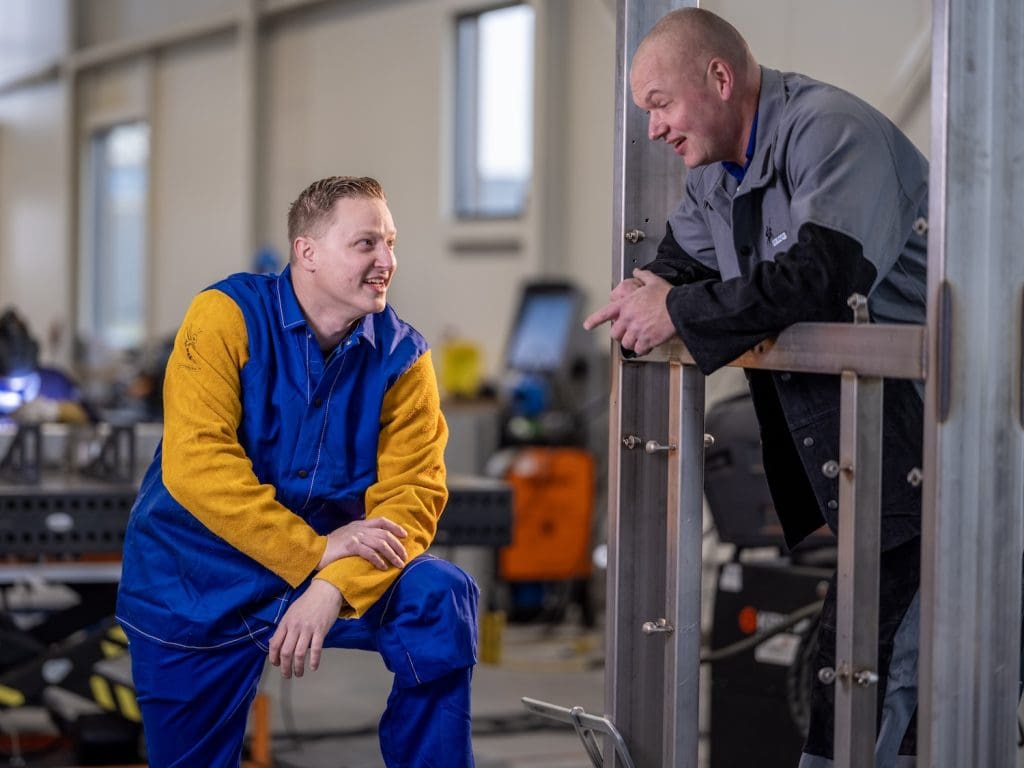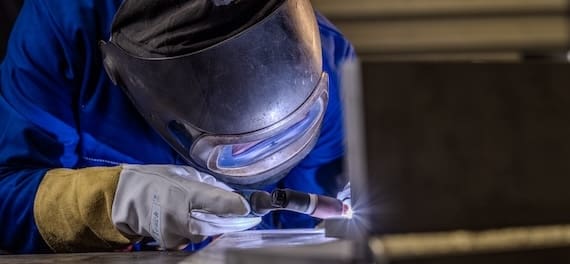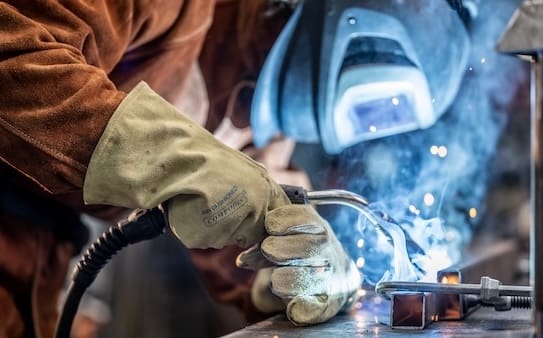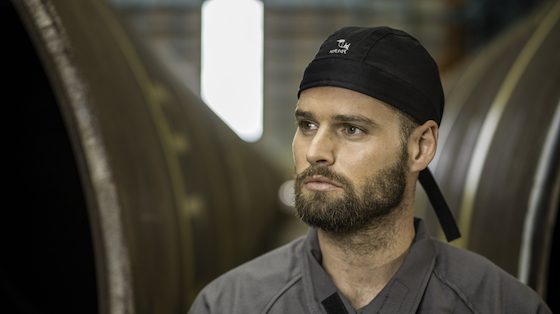
Optimal head protection with welding caps and helmet hoods from Weldas
As a specialist in welding protection, we offer a variety of head protection for welders, in addition to welding clothing and gloves. Most welders wear a welding cap under their welding helmet to protect their hair and head. During welding, sparks and spatter can fly over the welding helmet. With our extensive range, we provide comfortable and functional solutions for welders who need protection and safety in the workplace. In this article, we will discuss the different types, sizes, and colours of head protection.
Welding caps
One of the products, especially loved by traditional welders, is the welding cap. Weldas welding caps are available in various colours and prints. This allows the welder to choose a cap that suits their preference and/or work environment. The welding cap has a brim that offers extra protection for the neck. Additionally, these caps can be worn sideways to cover an ear, ideal for welding at an angle or while lying down. All welding caps have a built-in sweatband for added comfort when worn in combination with a welding helmet.
The plain welding caps, in the characteristic blue and orange Weldas colours, are tested and certified according to class 1 of the EN 11611 standard. This European standard specifically relates to protective clothing during welding and related processes. Weldas also offers printed caps, such as those with an American flag. These cotton caps are not flame-retardant and are not certified. All welding caps are available in seven sizes, from 56 cm to 62 cm head circumference.
Doo-rags
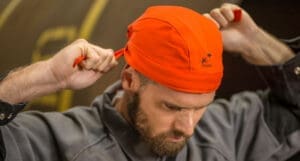
The modern successor to the welding cap is the doo-rag or welding bandana. Again, the plain doo-rags are made of flame-retardant cotton, while the printed ones are not. Doo-rags are designed to cover and protect the head from heat, sparks, and spatter from hot metal. They also feature a sweatband at the front for high comfort when wearing a welding helmet.
Since doo-rags are tied at the back, they are one-size-fits-all, allowing them to be adjusted to different head sizes. This simplifies sizing and purchasing of welding caps. The doo-rag can be tied for a head circumference of 46 to 68 cm. Made from 305 g/m² flame-retardant cotton, they are certified according to class 1 of the EN 11611 standard.
Welding beanie
The simplest form of head protection is the beanie, also known as a welding cap. The beanie has few to no seams, preventing discomfort from irregularities on the head when wearing a welding helmet. The welding beanie is made of flame-retardant cotton and is available in one style in two sizes. Made from 305 g/m² flame-retardant cotton, the welding beanie is EN 11611 class 1 certified.
Helmet hood

The welding helmet hood offers more protection than the welding caps. With a helmet hood, your head is enclosed, and part of your shoulders is covered. The helmet hood is worn over the welding jacket to prevent welding spatter from entering the jacket. The welding hood is available in sizes L and XL and also in an extra-long version. The extra-long version extends further over your shoulders, providing even better overall protection. The material used is the same as the doo-rags and welding caps, namely 305 g/m² flame-retardant cotton and thus also certified according to class 1 of the EN 11611 standard. The colours blue and red are combined with the green colour from the LavaBrown line.
For winter or in cold areas, there is a lined helmet hood. This is the same as the cotton helmet hoods but made of black cotton with a green piping and side. The winter helmet hood has a COMFOflex® lining on the inside that provides warmth and comfort.
Velcro closure for safety
The helmet hood can be closed under the chin using Velcro. To comply with the EN 11611 standard, all materials are flame-retardant treated, including the Velcro. Weldas has deliberately chosen Velcro instead of other closure methods, such as cords or laces. Not only does it close securely, but it also easily releases when it comes into contact with machinery, providing a higher level of safety.
Easy to attach to the welding helmet
Both the COMFOflex® lined hood and the cotton helmet hoods have Velcro strips that are used to attach the head protection to the helmet frame. This allows the helmet and hood to be removed simultaneously. A convenient functionality in everyday use. Because they are attached to each other, there is no need to touch the hood when putting on and taking off the welding helmet.
Leather helmet hood
The cotton helmet hoods are certified according to class 1 of the EN 11611 standard. For welders who require higher protection, Weldas also offers a leather welding hood. This hood is made of split leather with a black cotton trim on the outside. This leather helmet hood has the same model as the cotton variant but with the grey cotton from the Arc Knight® line. Made from heavier quality cotton (520 g/m²), this helmet meets class 2 of the EN 11611 standard. This leather hood is only used for heavy welding work as leather is much less breathable than cotton.
Washing
A welding cap is often quickly rinsed or hand-washed. All welding caps and helmet hoods are washable up to five times. The flame-retardant is no longer sufficiently present after five washes to ensure proper flame retardancy.
EN 11611 standard for welding clothing and related processes
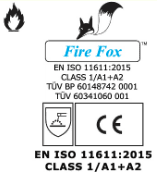
The EN 11611 standard is a European standard that specifically applies to protective clothing worn during welding and related processes. The standard sets requirements for the materials of garments to protect the welder from various risks associated with welding work. Compliance with the EN 11611 standard is important to ensure the safety and health of workers involved in welding activities.
The EN 11611 standard classifies welding clothing into two classes: Class 1 and 2. The classification is based on the level of protection the clothing provides against thermal and mechanical risks that may occur during welding work. Garments are tested on various criteria, such as flame resistance, seam strength, and resistance to radiant heat. The difference between class 1 and 2 is in the protection the clothing offers against the number of welding droplets in one spot and radiant heat. Welding clothing meets class 1 of the EN 11611 standard if it can withstand 15 welding droplets without the fabric burning through. For class 2, this must be 25 or more droplets.
Questions about head protection?
Do you have questions about welding caps or helmet hoods, the EN 11611 standard, or any of our other personal protective equipment for welding? Please contact us, and we will be happy to assist you.
